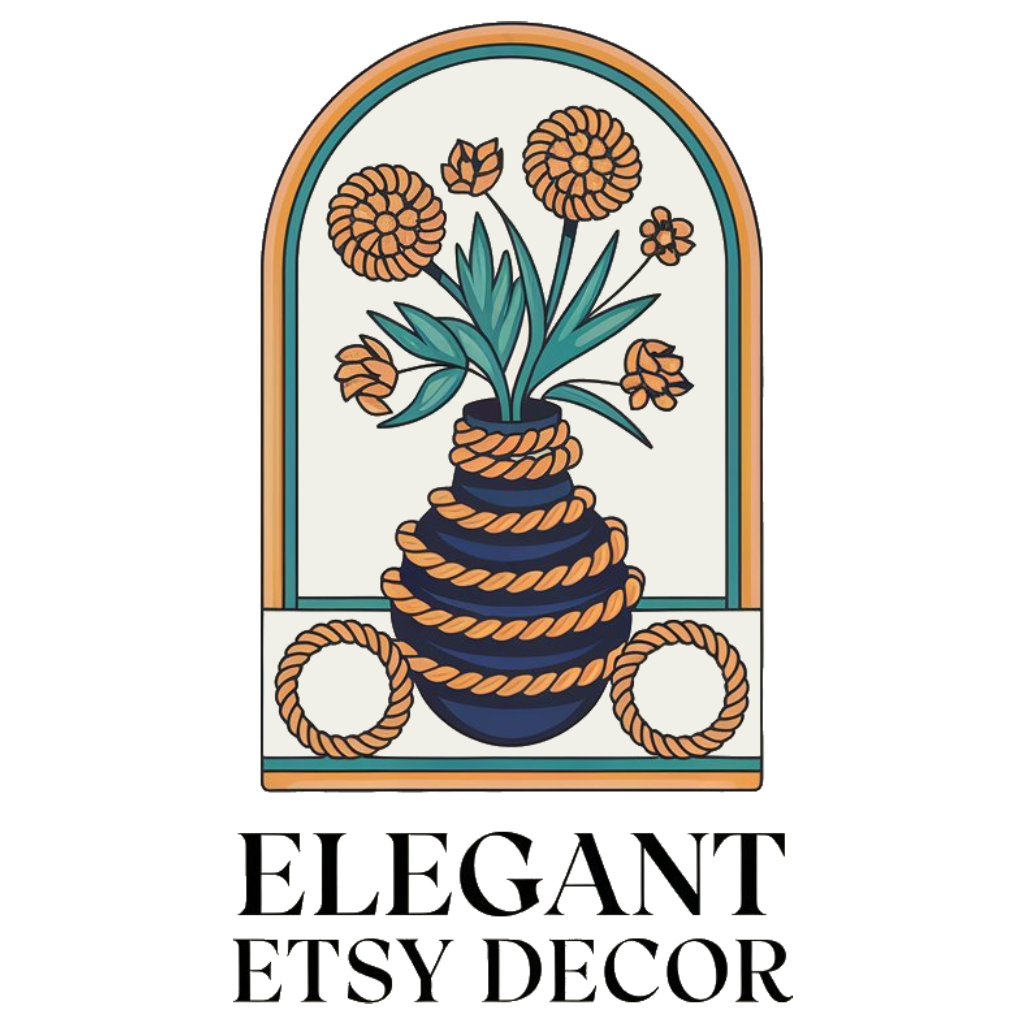Candle prices fluctuate based on several elements. These include wax quality and type, fragrances or essential oils, candle size and design, and production methods. Premium waxes like soy or beeswax frequently enough cost more than paraffin. Natural fragrances and essential oils also contribute to higher prices.
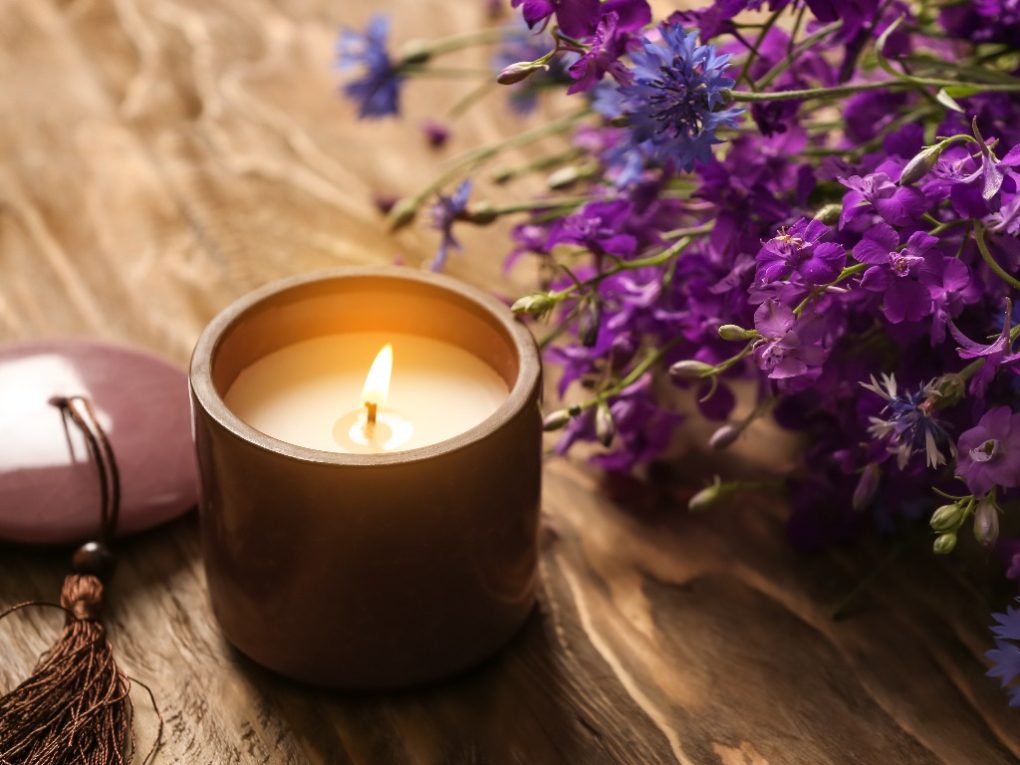
Candle packaging and marketing significantly influence the final price. High-end candles often feature elegant, decorative containers. These containers increase production and shipping costs.Marketing strategies also play a role. Premium candles,positioned as luxury goods,command higher prices.
The final price of a candle hinges on its brand, materials, and how it’s made. Some candles cost more, but weigh their quality and overall worth when you buy.
Cost of Candle-Making
Raw Materials
crafting candles involves key ingredients like wax, wicks, scent oils, and color dyes. These materials greatly influence how the candle looks, how long it burns, and how well it smells. Superior wax ensures a longer, cleaner burn with minimal soot. Similarly, premium fragrance oils deliver a more potent and enduring aroma. Material costs fluctuate based on quality and the amount you require.
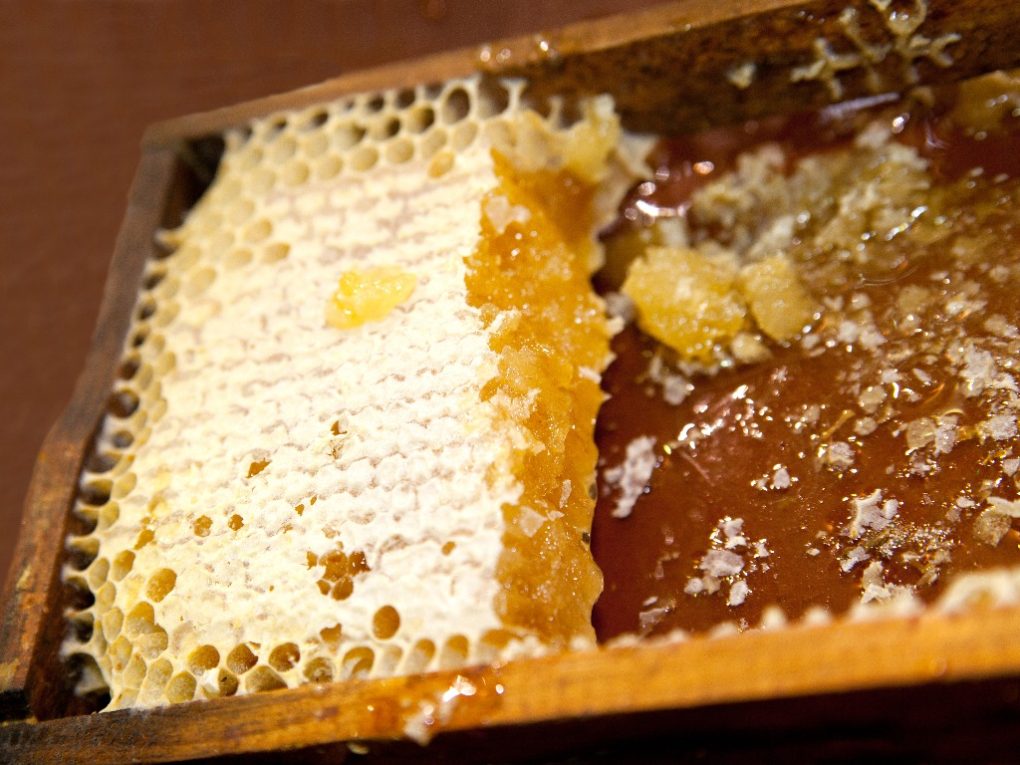
Soy wax, for instance, ranges from $1.50 to $2.50 a pound. Beeswax can reach $10.Wicks vary from $0.10 to $0.50 each, based on size and material. Expect to pay $2 to $5 per ounce for fragrance oils. Dyes are typically $1 to $2 per ounce.
Production Process
Candle production methods significantly impact expenses. Small-batch production raises the per-candle cost compared to large-scale manufacturing. Equipment costs, including melting pots, thermometers, and scales, also influence the overall production price.
Candle businesses must factor in packaging and labeling expenses. This covers jars, lids, labels, and shipping supplies. packaging costs fluctuate based on container type and order volume.
Factors Affecting Candle Prices
Brand Reputation
Brand reputation significantly influences candle prices. high-end brands such as diptyque, Jo Malone, and Nest are known for premium quality. They’ve cultivated loyal customers who are willing to pay more. A brand’s reputation greatly impacts its candle pricing.
Size and Design
Bigger candles need more wax and resources, perhaps increasing labor. consequently, they usually cost more than smaller ones. Candle design also affects the price. Unique or complex designs demand extra time and skill, possibly using more materials. This can raise their price.
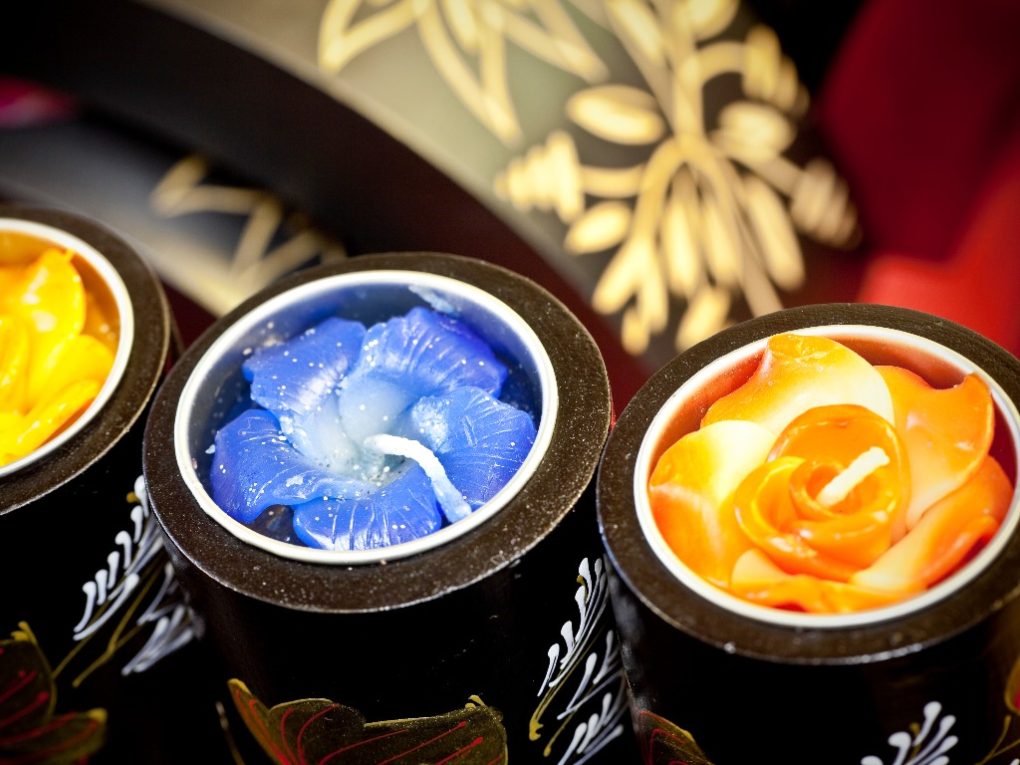
Furthermore, certain candles serve primarily as decor, featuring intricate carvings or sculpted forms. These artistic candles frequently enough command a higher price compared to basic, unadorned options, reflecting the extra craftsmanship involved.
Scent and Color
Candle scent and color significantly influence pricing. Fragrance is now the top driver for candle purchases. three-quarters of buyers consider it “extremely important” or “very important” when choosing a candle.
Premium candles utilize superior, often pricier, fragrances like essential oils, impacting their cost. Candle color also affects pricing. Hand-dyed candles with natural dyes are generally more expensive than those using synthetic alternatives.
Seasonality
Candle fragrances and styles frequently align with specific holidays or seasons. Think pumpkin spice or apple cider for autumn, or evergreen and peppermint for winter celebrations. Historically, candles featuring these seasonal scents or designs see increased demand during those periods. This surge in popularity can drive prices higher due to basic supply and demand principles.
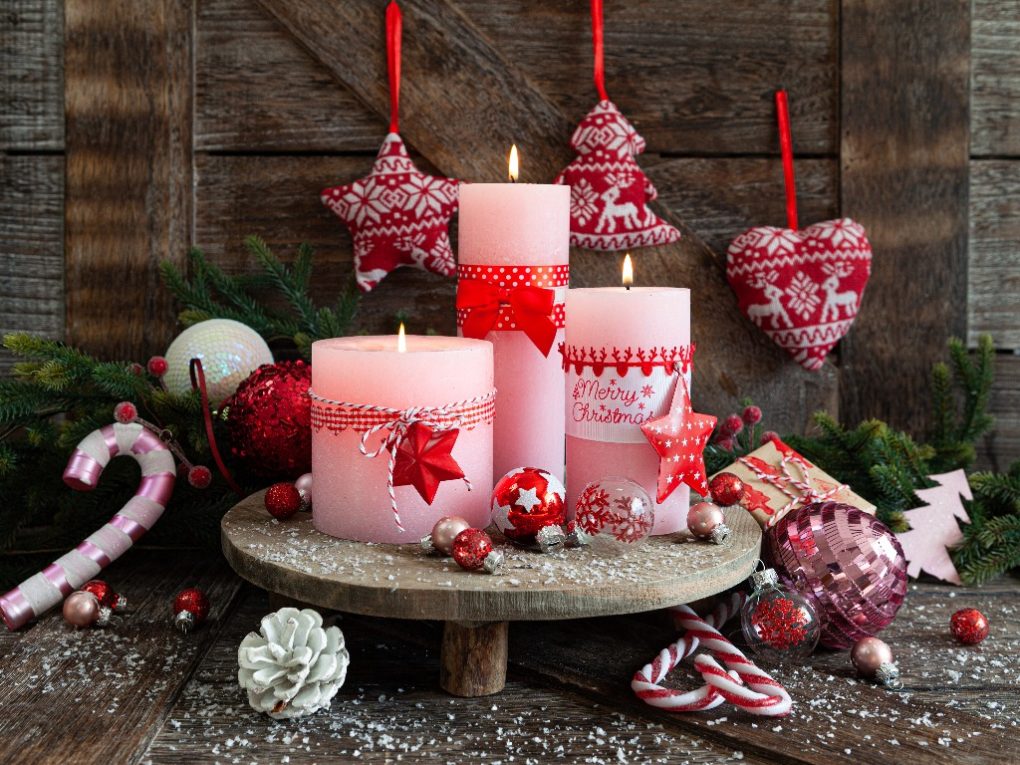
for instance, pumpkin spice candles often cost more in autumn due to high demand. However, their price might decrease during other seasons when interest wanes. Conversely, candles with year-round appeal, like those with neutral scents, may not experience such seasonal price fluctuations.
Packaging
Packaging significantly influences the final price. Virtual Packaging highlights this. Premium candle brands frequently opt for upscale, visually appealing packaging to enhance the user experience. This may involve features like embossed logos, superior paper stock, and distinctive designs. These elements collectively contribute to a higher candle cost.
Market Trends and Demand
Candle popularity has soared recently, making them a common household item. This trend should persist. The global candle market is predicted to expand at a 5.7% CAGR from 2023 to 2030, according to Market Research Future.
A key driver in the candle market’s expansion is their rising use as décor. Candles have evolved beyond simple lighting. they now enhance a room’s atmosphere and style. Customers gladly spend more on beautiful, top-tier candles. These candles elevate their home’s overall aesthetic.
The candle market is seeing a surge in demand for natural, eco-conscious options. Buyers are increasingly aware of their environmental footprint. They now actively seek sustainable and eco-pleasant goods.
Consequently, many modern candle artisans favor sustainable components like soy wax, beeswax, and natural essential oils. This shift produces aesthetically pleasing and eco-conscious candles. Despite strong consumer interest,the candle sector grapples with production cost increases. A primary driver is the escalating price of essential raw materials,including wax,scent oils,and packaging.
